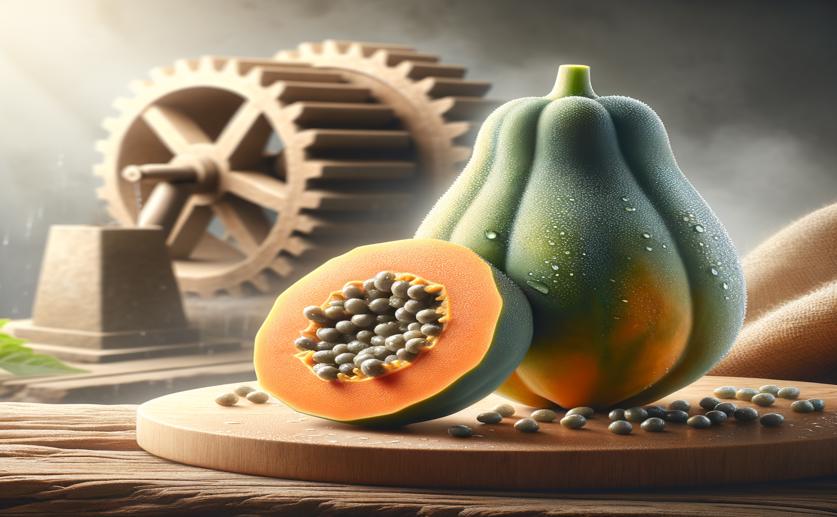
How Water and Milling Improve Dietary Fiber from Papaya
Jenn Hoskins
15th May, 2024

Image Source: Natural Science News, 2024
Key Findings
- The study by Jilin Medical University evaluated different methods for extracting dietary fibers from papaya
- The combination of water and wet ball milling significantly reduced the particle size of the dietary fibers
- This method also greatly improved the fibers' water holding, oil holding, and water swelling capacities
- Enhanced cholesterol and glucose adsorption capacities, along with increased antioxidant activity, were observed in fibers extracted using this method
References
Main Study
1) Impact of water combined wet ball milling extraction and functional evaluation of dietary fiber from papaya (Carica papaya L).
Published 30th June, 2024 (future Journal edition)
https://doi.org/10.1016/j.fochx.2024.101435
Related Studies
2) Physicochemical, functional, and microstructural properties of modified insoluble dietary fiber extracted from rose pomace.
3) Green Extraction Methods for Polyphenols from Plant Matrices and Their Byproducts: A Review.
4) Recovery of polyphenols from red grape pomace and assessment of their antioxidant and anti-cholesterol activities.



 16th January, 2024 | David Palenski
16th January, 2024 | David Palenski